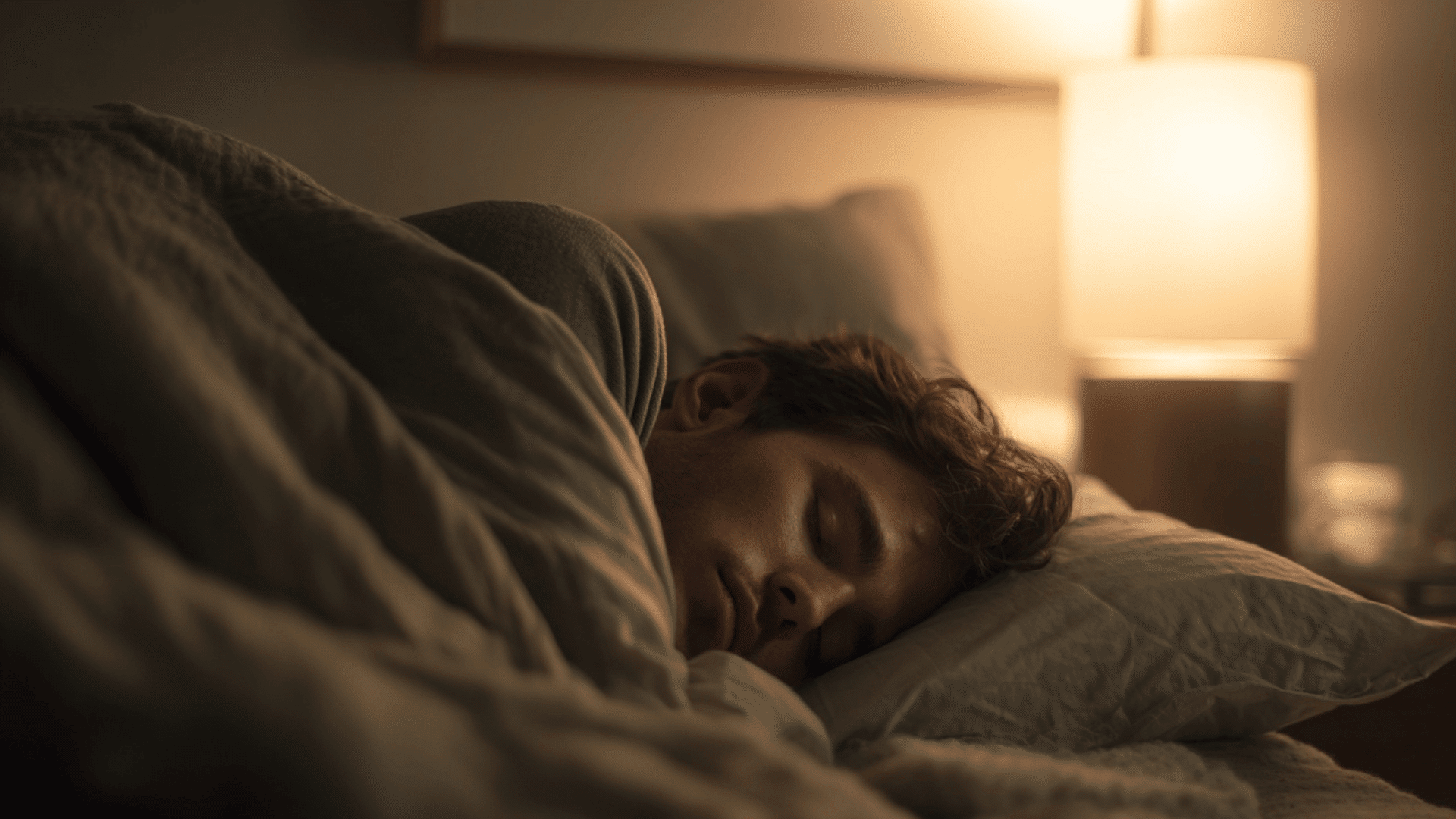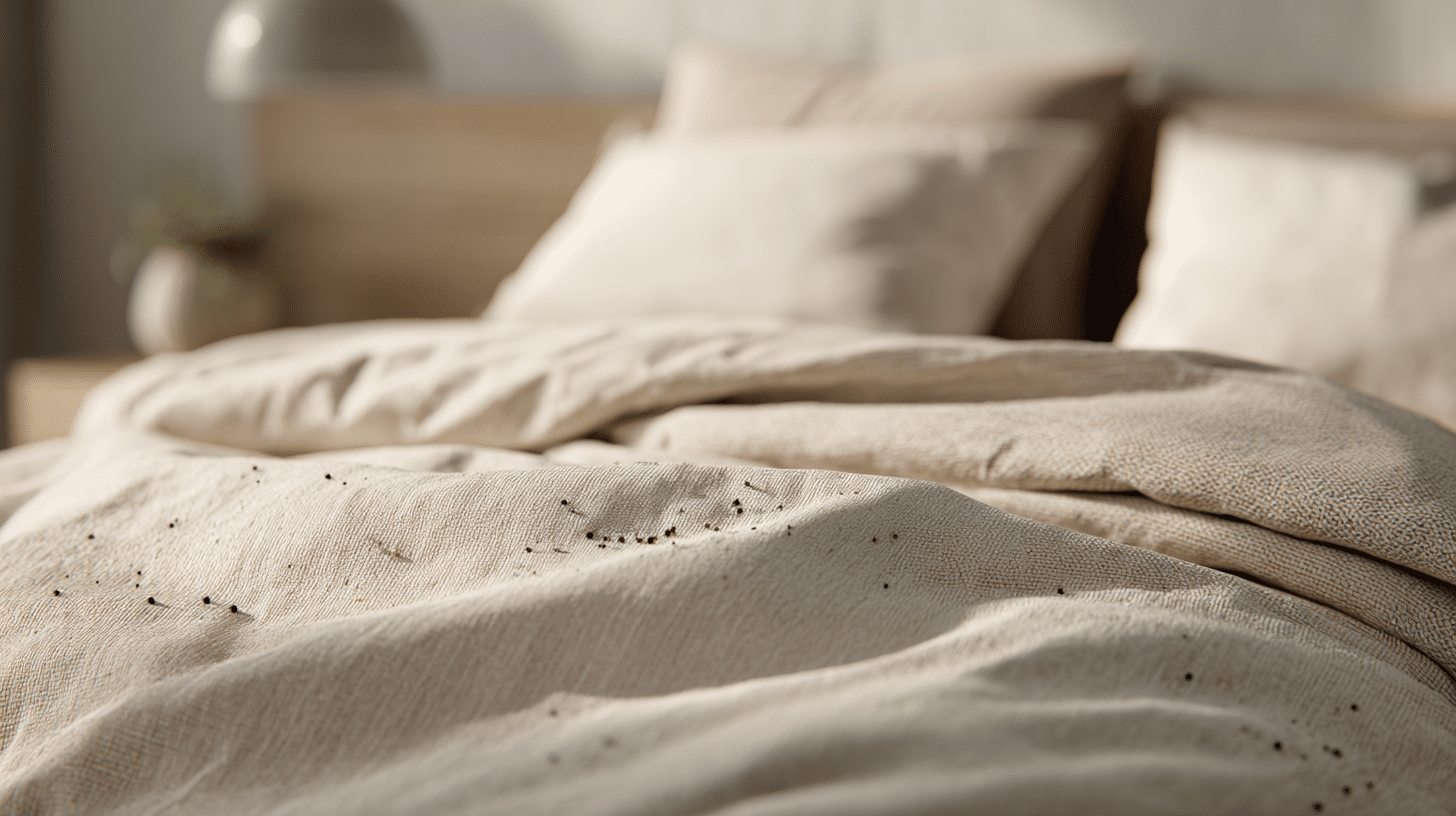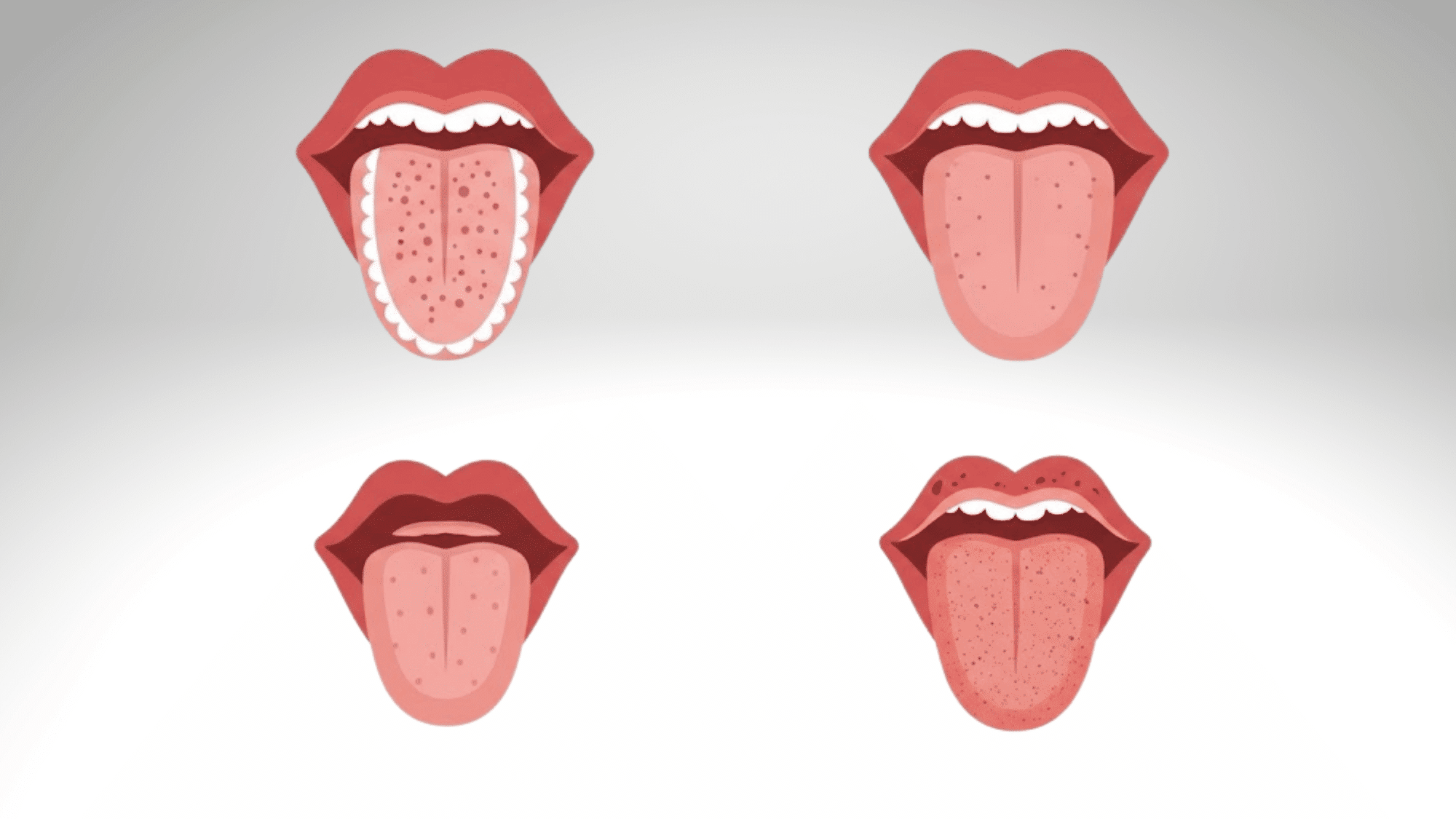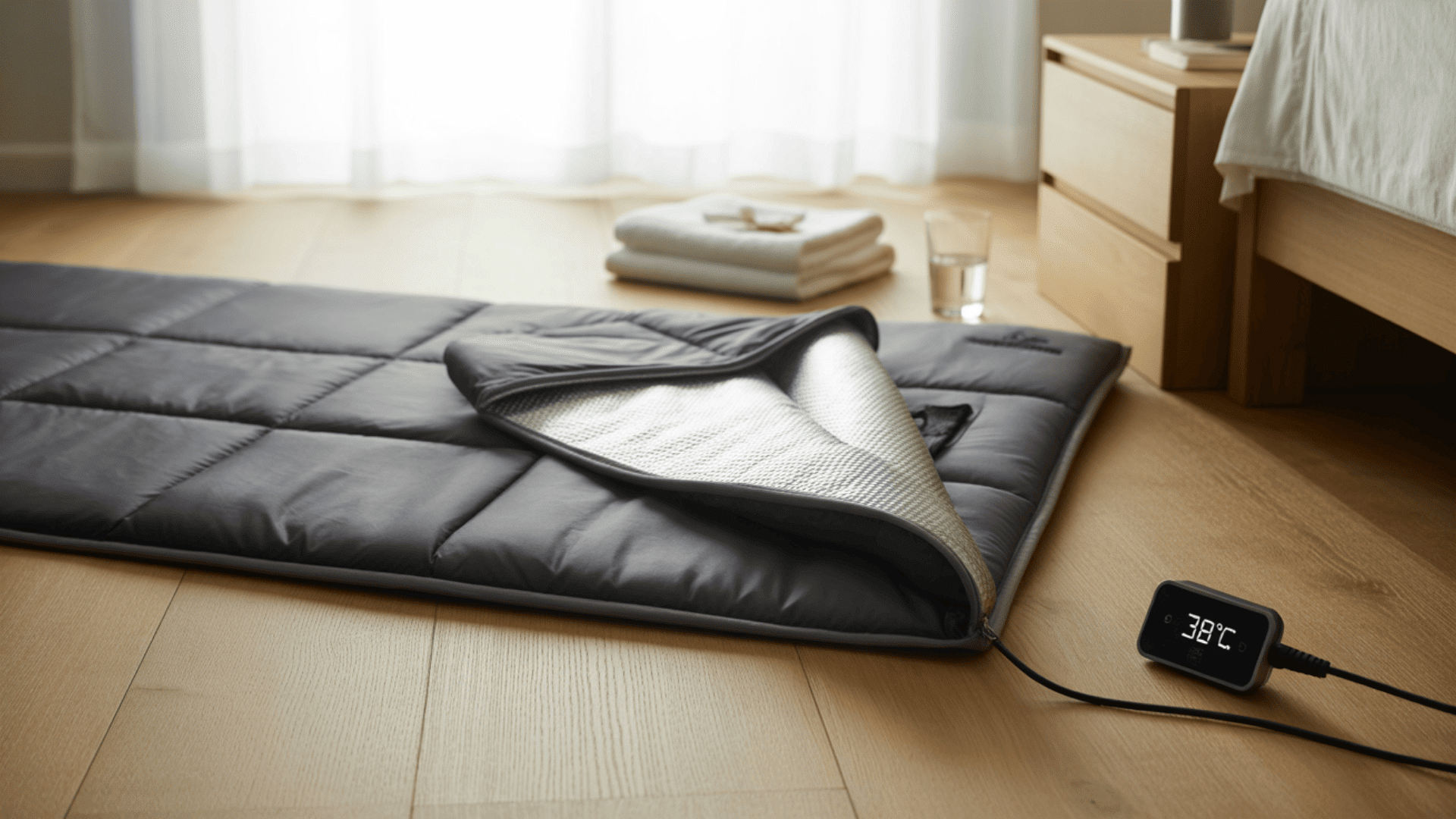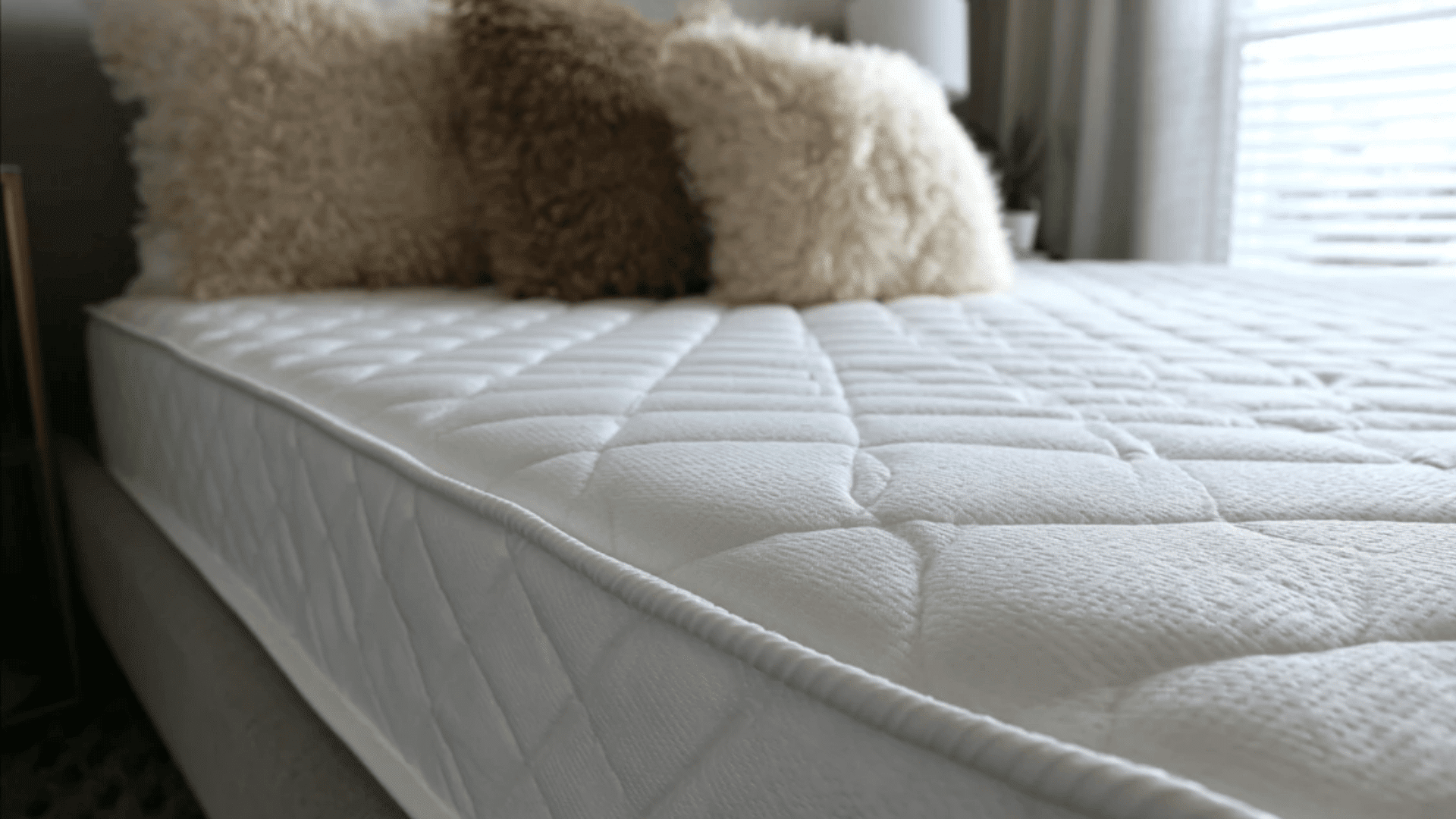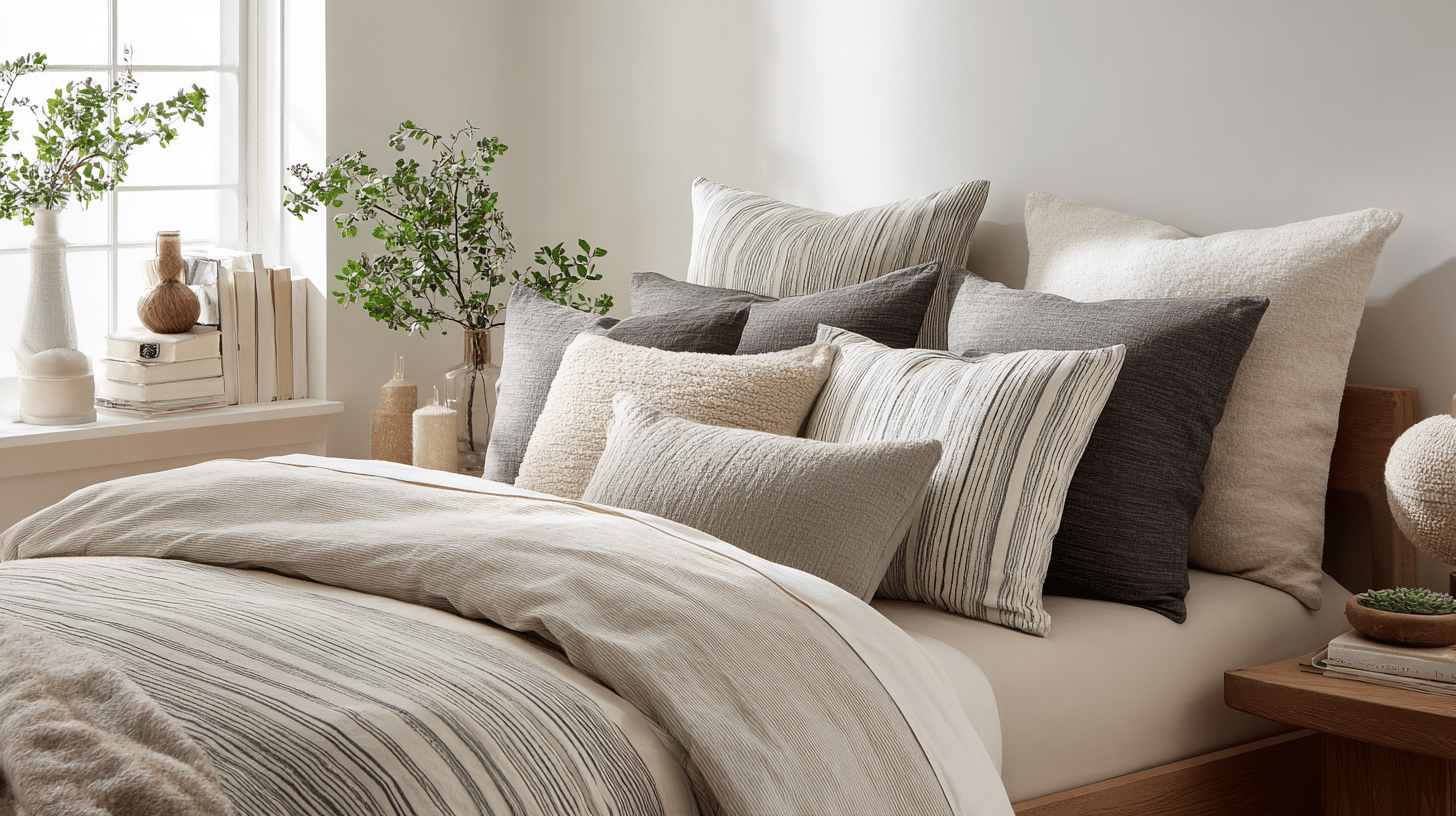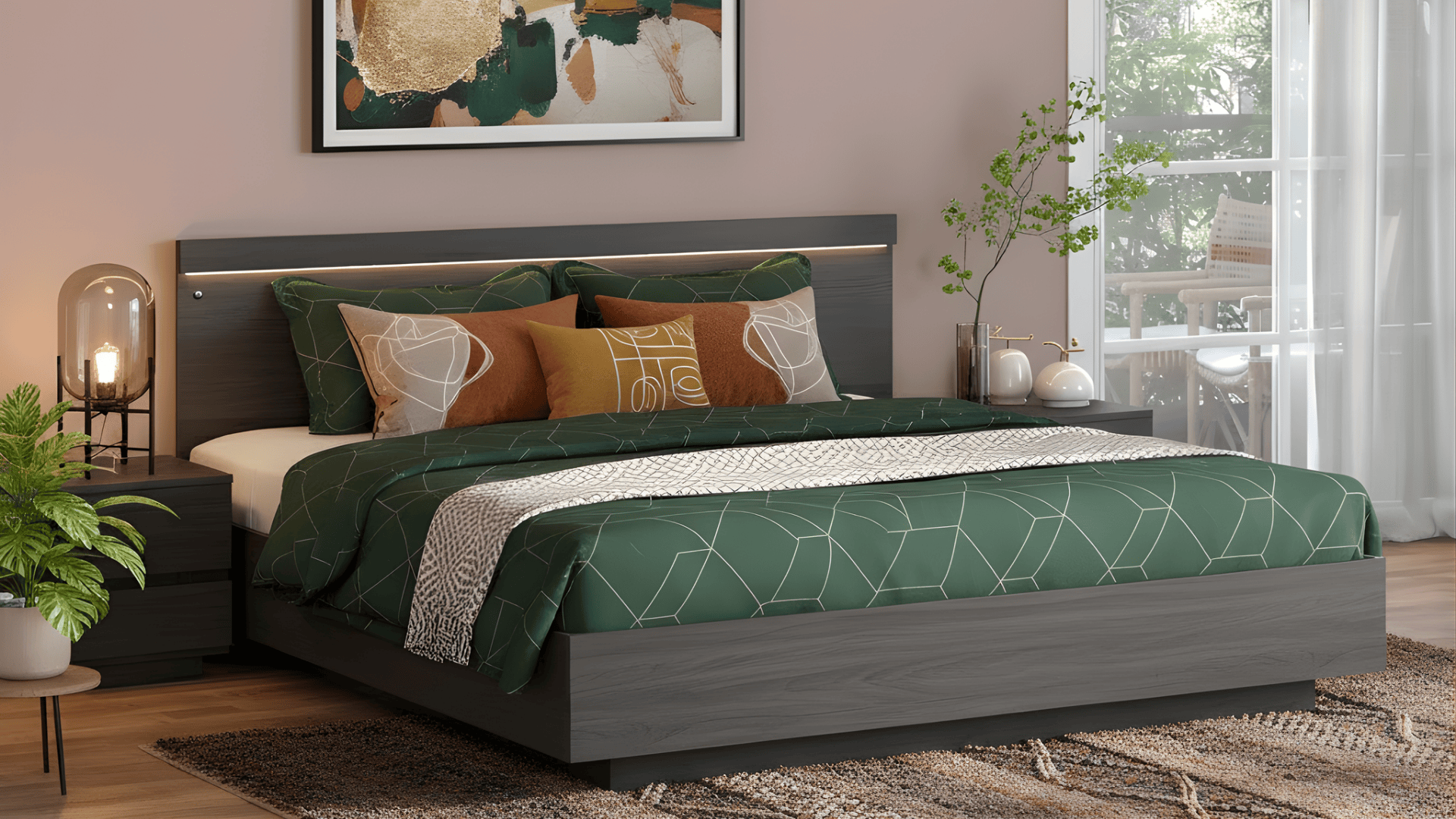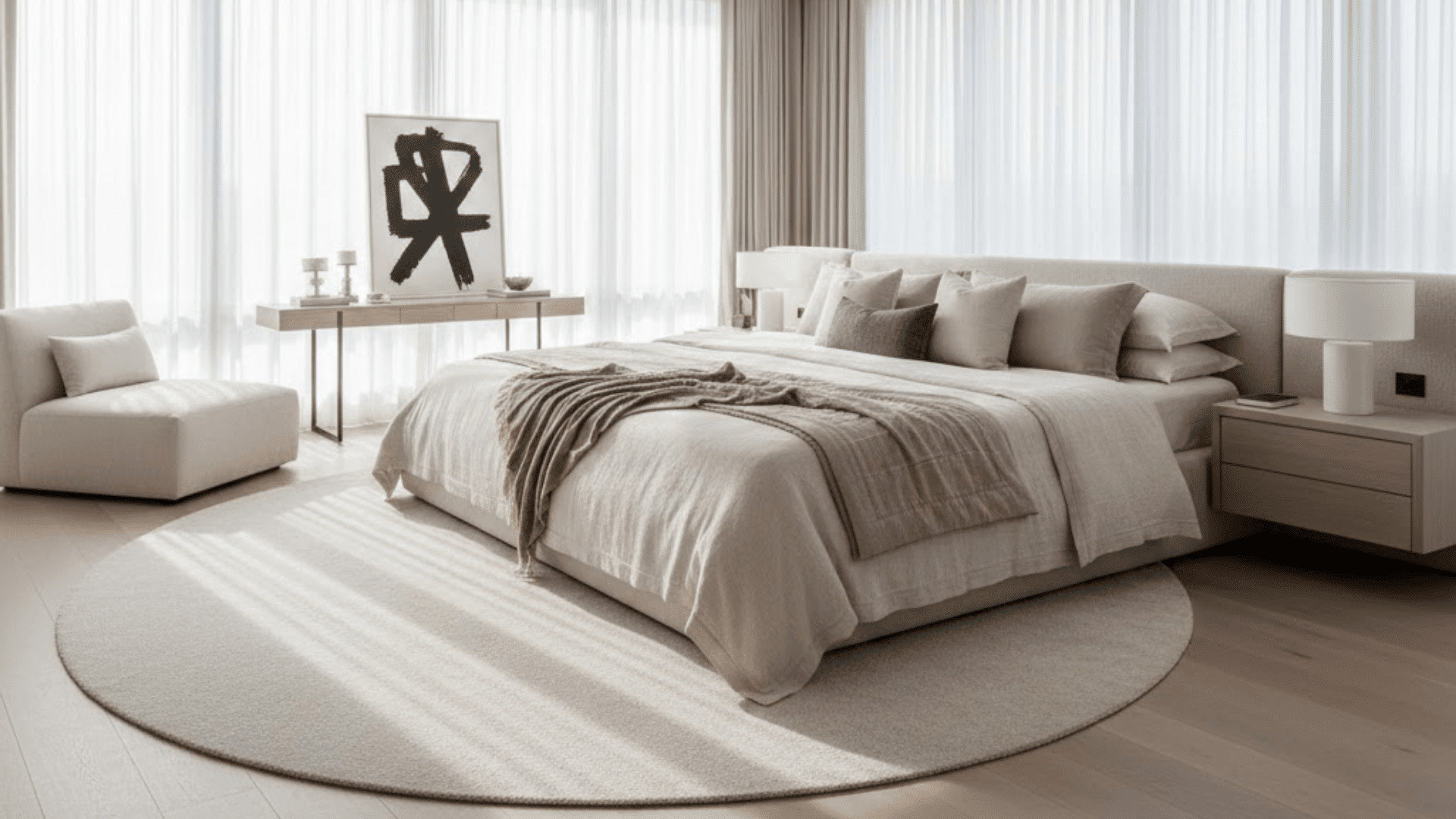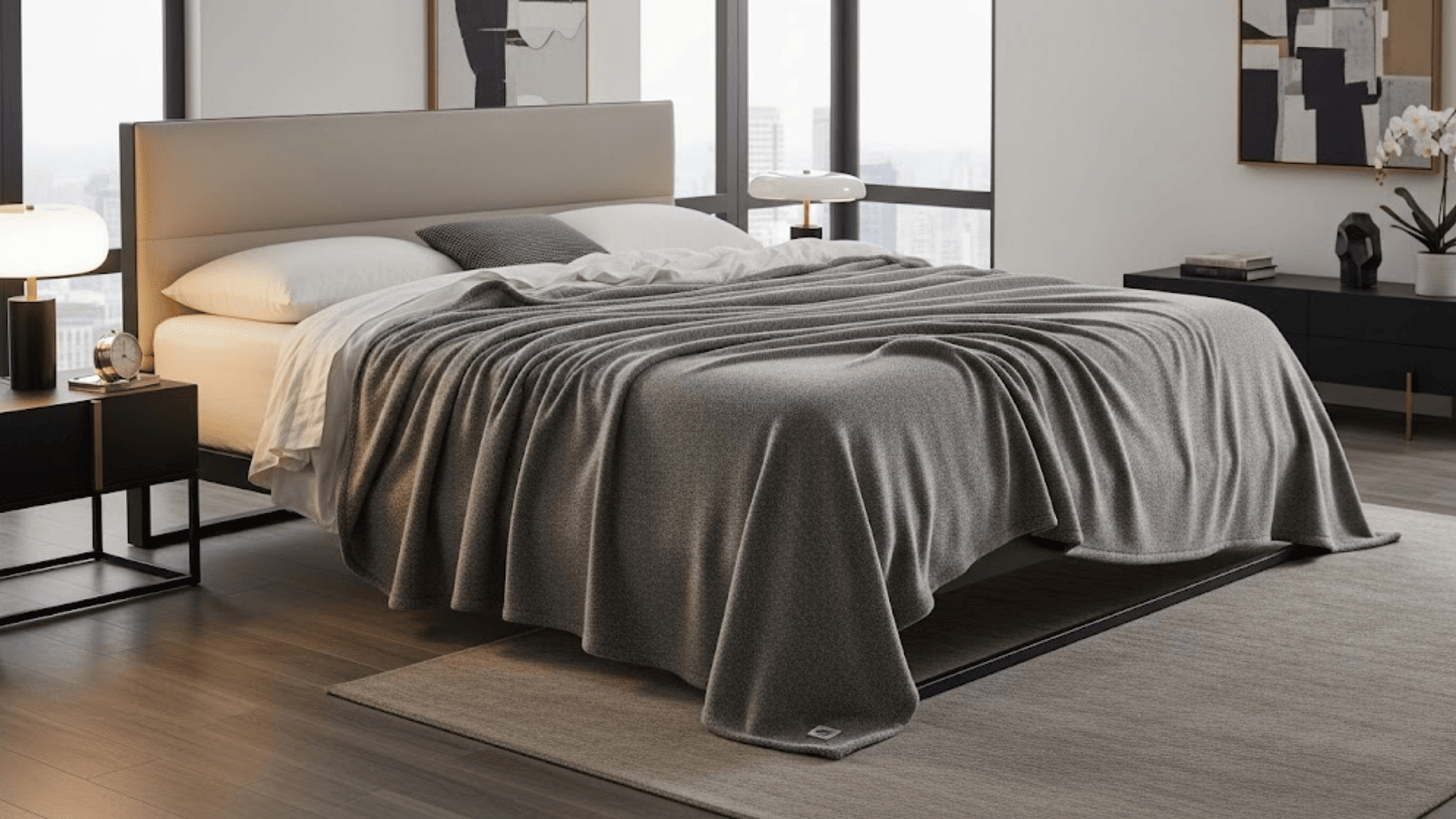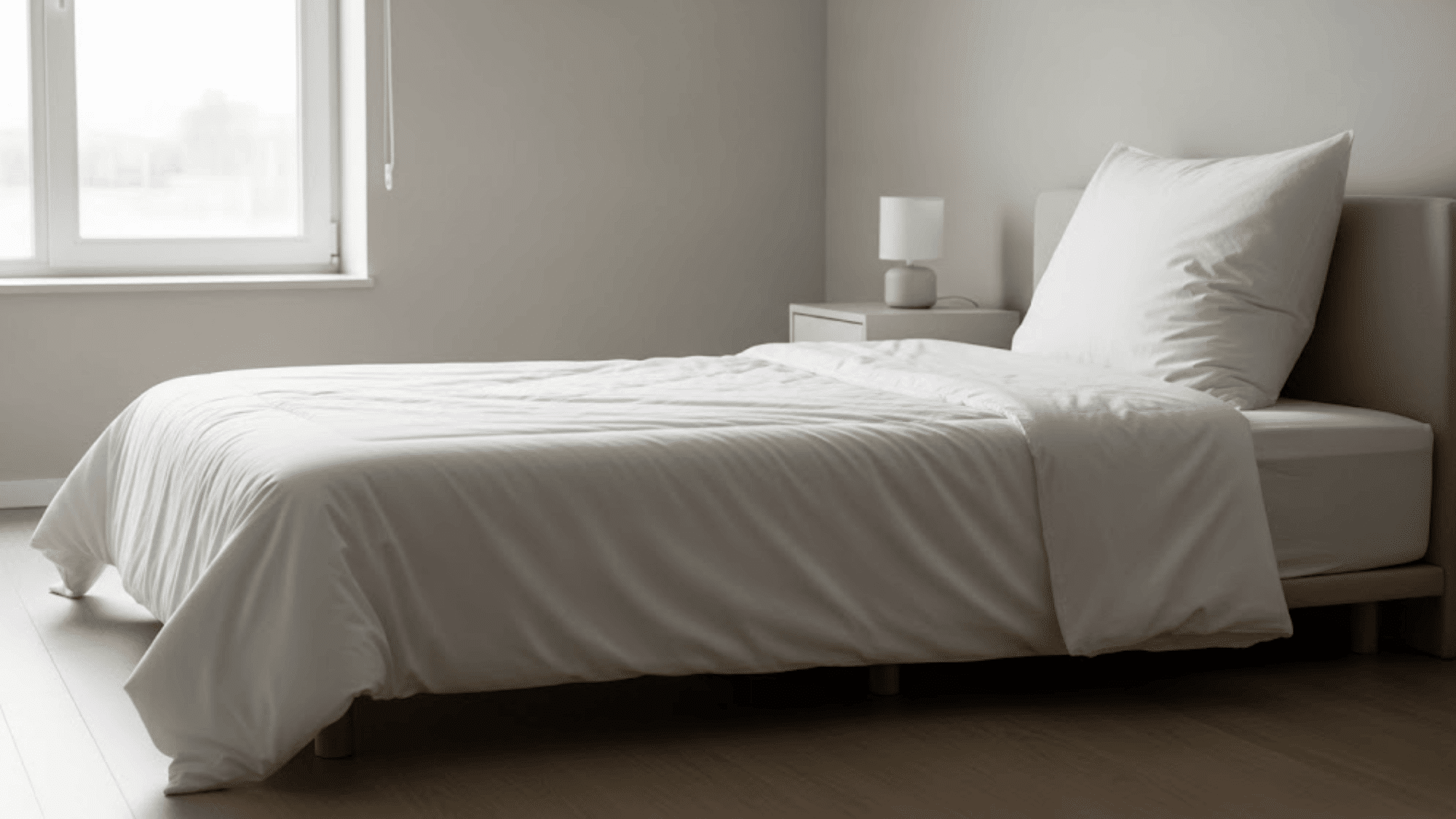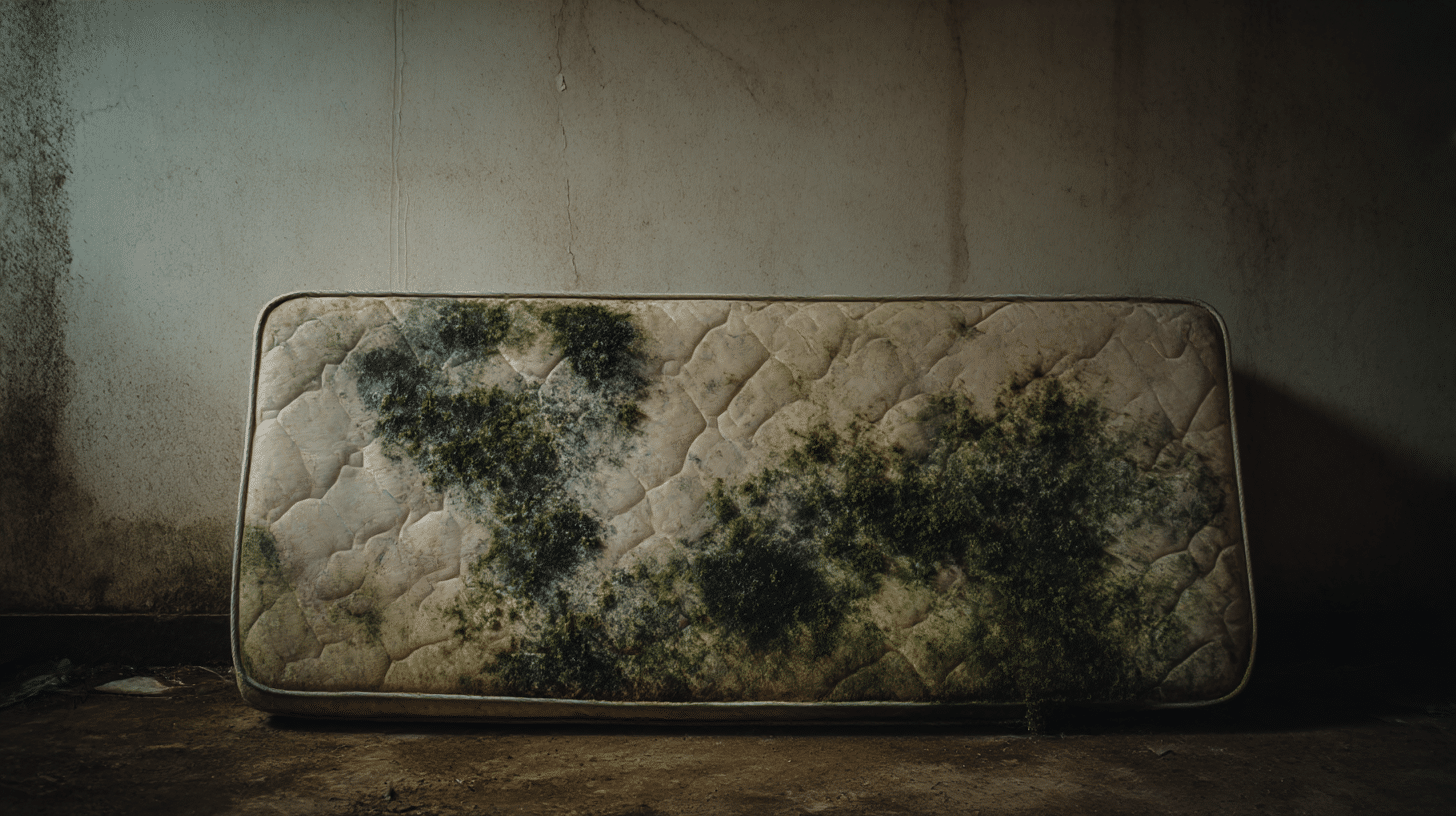Living with degenerative disc disease (DDD) means dealing with chronic back pain that can make getting good sleep feel impossible.
The discs between your spine bones wear down over time, causing pain, stiffness, and discomfort that gets worse when you’re lying on the wrong mattress.
Here’s the good news: the right mattress can make a huge difference in how you feel each morning.
This blog provides expert recommendations and real user reviews to help you find a mattress that supports your spine, reduces pain, and helps you sleep better.
Your back deserves the best support possible!
Understanding Degenerative Disc Disease and Sleep Challenges
Degenerative disc disease happens when the cushions between your spine bones start to break down. This causes pain, stiffness, and sometimes shooting pain down your legs.
Most people with DDD find that lying flat can make the pain worse.
Poor sleep makes everything harder when you have chronic pain. Your body needs rest to heal and manage pain, but the wrong mattress can keep you tossing and turning all night.
This creates a cycle where pain disrupts sleep, and poor sleep makes pain worse.
The right mattress can break this cycle. It supports your spine in its natural curve, takes pressure off sore spots, and helps your muscles relax.
When your spine stays aligned while you sleep, you wake up with less pain and stiffness.
Key Mattress Features for Degenerative Disc Disease
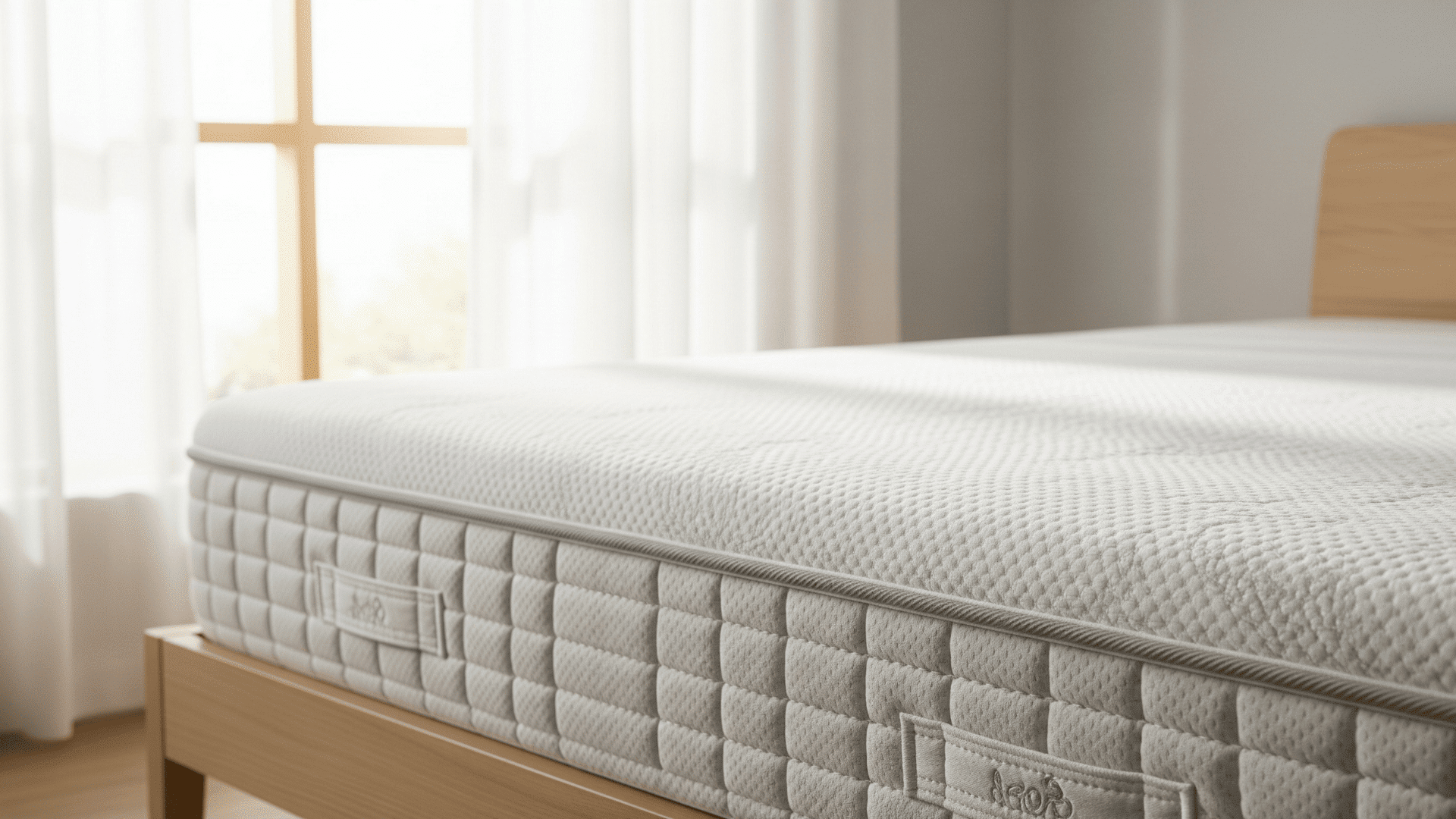

Not all mattresses are created equal when it comes to managing DDD pain. Here are the most important features to look for when shopping for your new mattress.
1. Support
Your spine needs consistent support to stay in its natural S-curve while you sleep. A mattress that’s too soft lets your hips sink too deep, creating a bend in your lower back.
A mattress that’s too firm pushes against your natural curves and creates pressure points.
Look for a mattress that keeps your spine straight from your neck to your tailbone. This takes pressure off your discs and lets your back muscles relax completely.
2. Firmness
Most experts recommend medium to medium-firm mattresses for people with DDD. These provide enough support without being too hard on pressure points.
However, your body weight and sleep position matter too.
Heavier people often need firmer mattresses for proper support. Side sleepers usually prefer slightly softer surfaces that contour to their hips and shoulders.
Back sleepers do well with medium-firm options that support their lower back.
3. Pressure Relief
Your mattress should contour gently to your body’s shape without letting you sink too deep. This reduces pressure on your hips, shoulders, and other sensitive areas.
Memory foam and latex are great at providing this kind of targeted relief.
Good pressure relief means less tossing and turning during the night. When you’re comfortable, you can stay in restorative sleep phases longer.
4. Materials
Memory foam molds to your body and provides excellent pressure relief. It also absorbs movement, so you won’t feel your partner turning over. However, some memory foam can trap heat.
Hybrid mattresses combine memory foam or latex with innerspring coils. They offer contouring and pressure relief while staying cooler and more responsive.
Latex is naturally cooling and provides gentle, bouncy support.
5. Durability & Warranty
A quality mattress is an investment in your health. Look for mattresses with at least a 10-year warranty and good construction.
Cheap mattresses that sag quickly can make your pain worse over time.
High-density foams and quality coils last longer and maintain their support. This means consistent pain relief for years to come.
Expert Reviews: Top Mattresses for Degenerative Disc Disease
After reviewing expert recommendations and user feedback, these five mattresses stand out for DDD sufferers. Each offers the support, pressure relief, and comfort needed for better sleep.
1. Tempur-Pedic TEMPUR-ProAdapt Medium Mattress
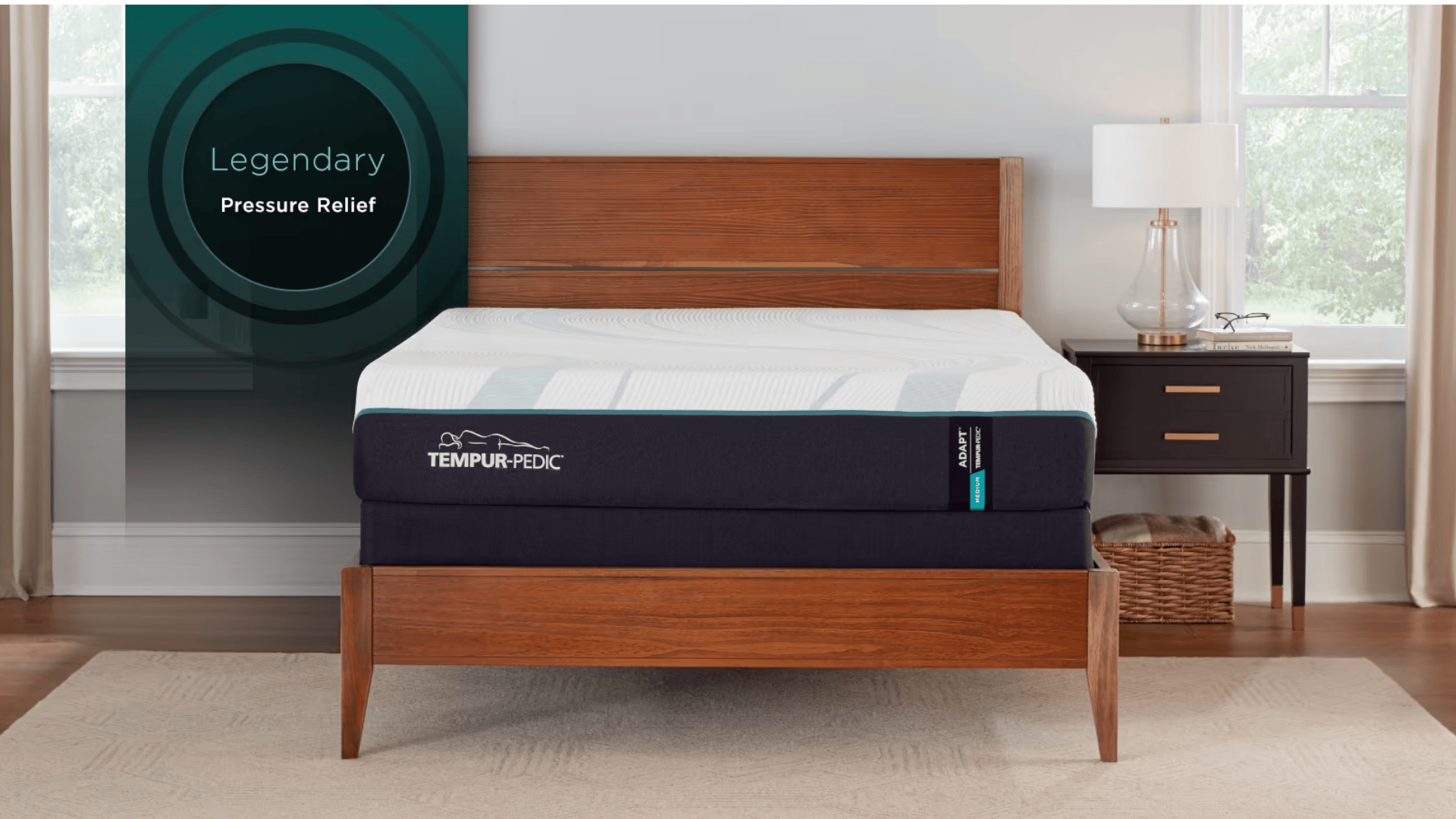

This mattress offers personalized contouring that adapts to your body shape and weight. The medium firmness provides excellent spinal support without being too firm.
The TEMPUR material is designed specifically for pressure relief and proper alignment.
Best for: General DDD comfort, back and side sleepers who need pressure relief and consistent support.
2. Lux Estate Hybrid by Stearns & Foster
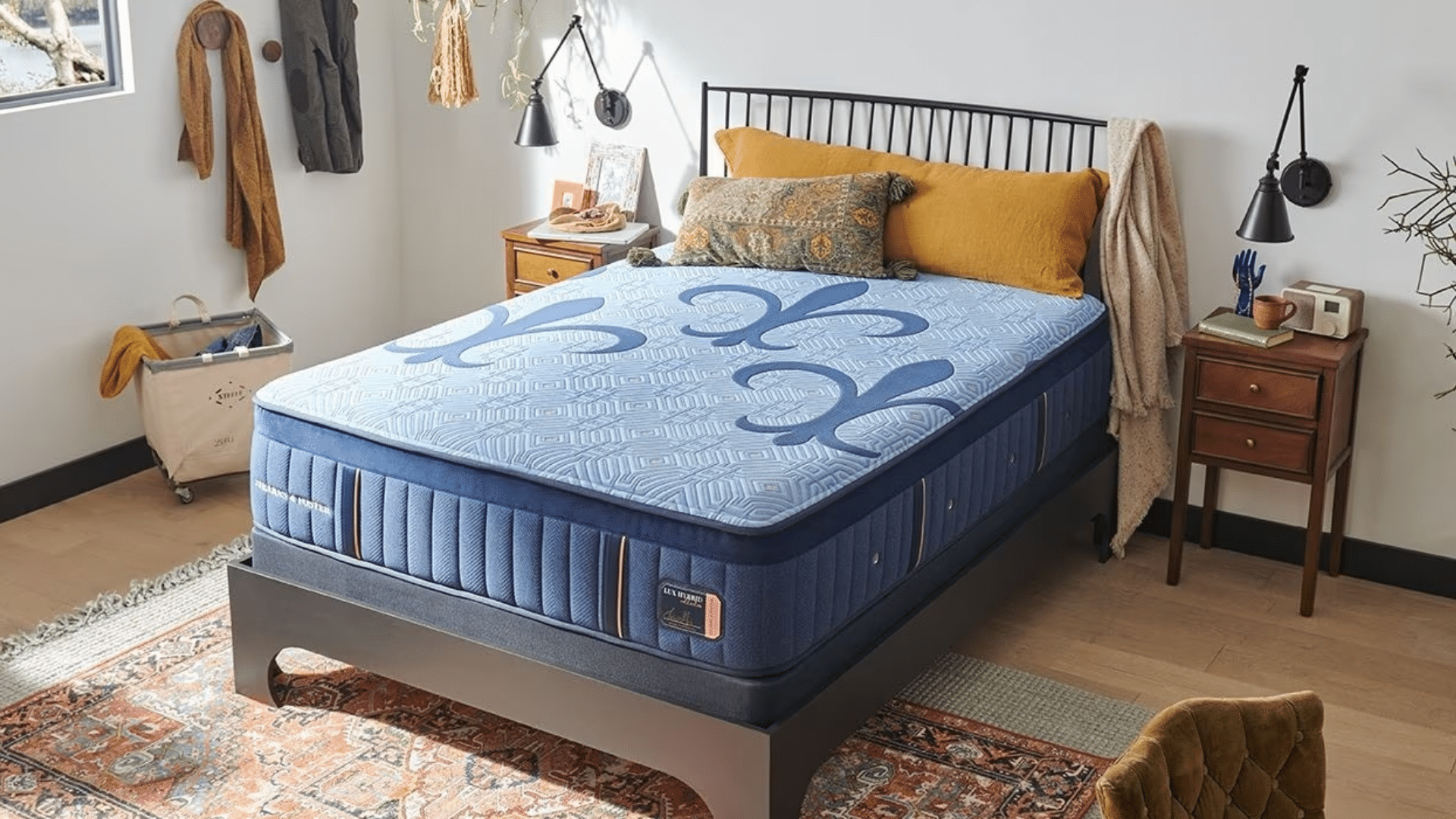

This hybrid design combines cooling coils with memory foam for the best of both worlds.
The coils provide deep support and airflow, while the foam layers offer pressure relief. It’s built to last with premium materials and construction.
Best for: Users who want a responsive, cool sleep surface with traditional mattress feel.
3. Saatva Loom and Leaf Mattress
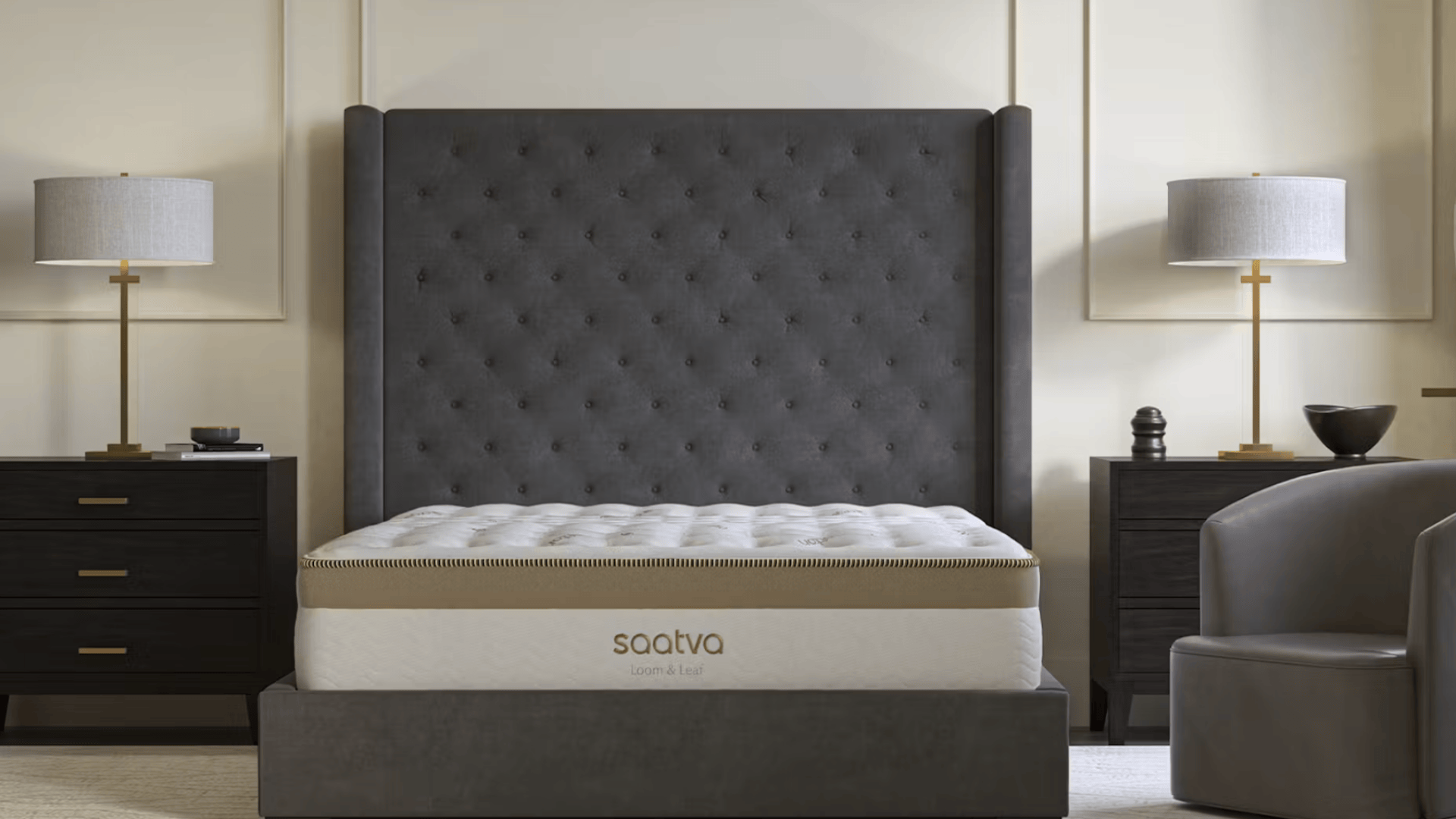

This all-foam mattress excels at pressure relief and has received praise from chronic pain sufferers. It uses cooling gel-infused memory foam to prevent heat buildup.
The construction is designed specifically for pain management and comfort.
Best for: Those seeking quality memory foam comfort without excessive heat retention.
4. Bear Elite Hybrid
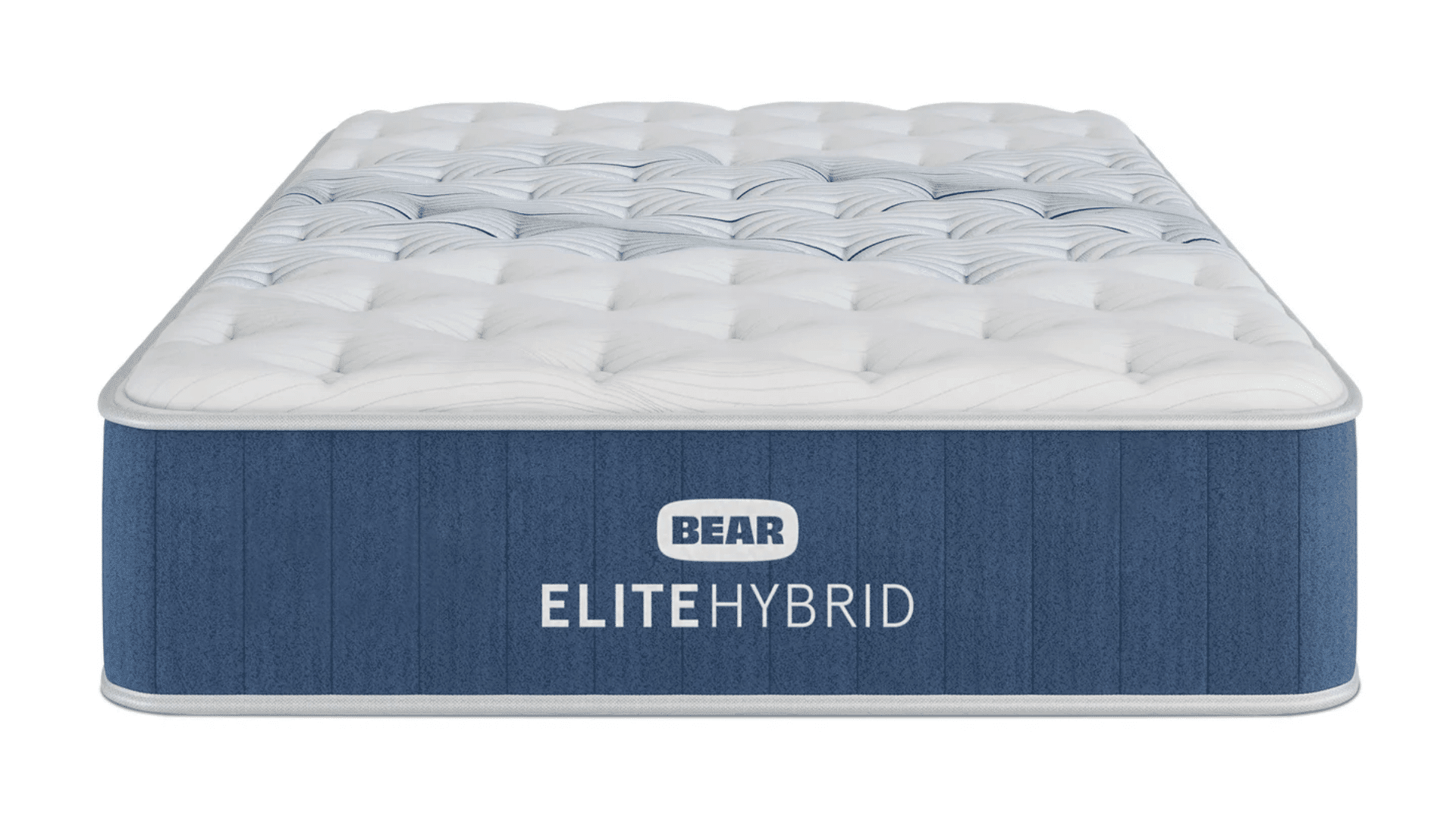

This mattress features cooling technology to keep you comfortable all night. The medium-firm feel provides excellent back support, while the hybrid design offers both contouring and responsiveness.
It’s especially good for active people who need recovery support.
Best for: Hot sleepers and athletic individuals needing targeted spinal support.
5. Nolah Evolution 15
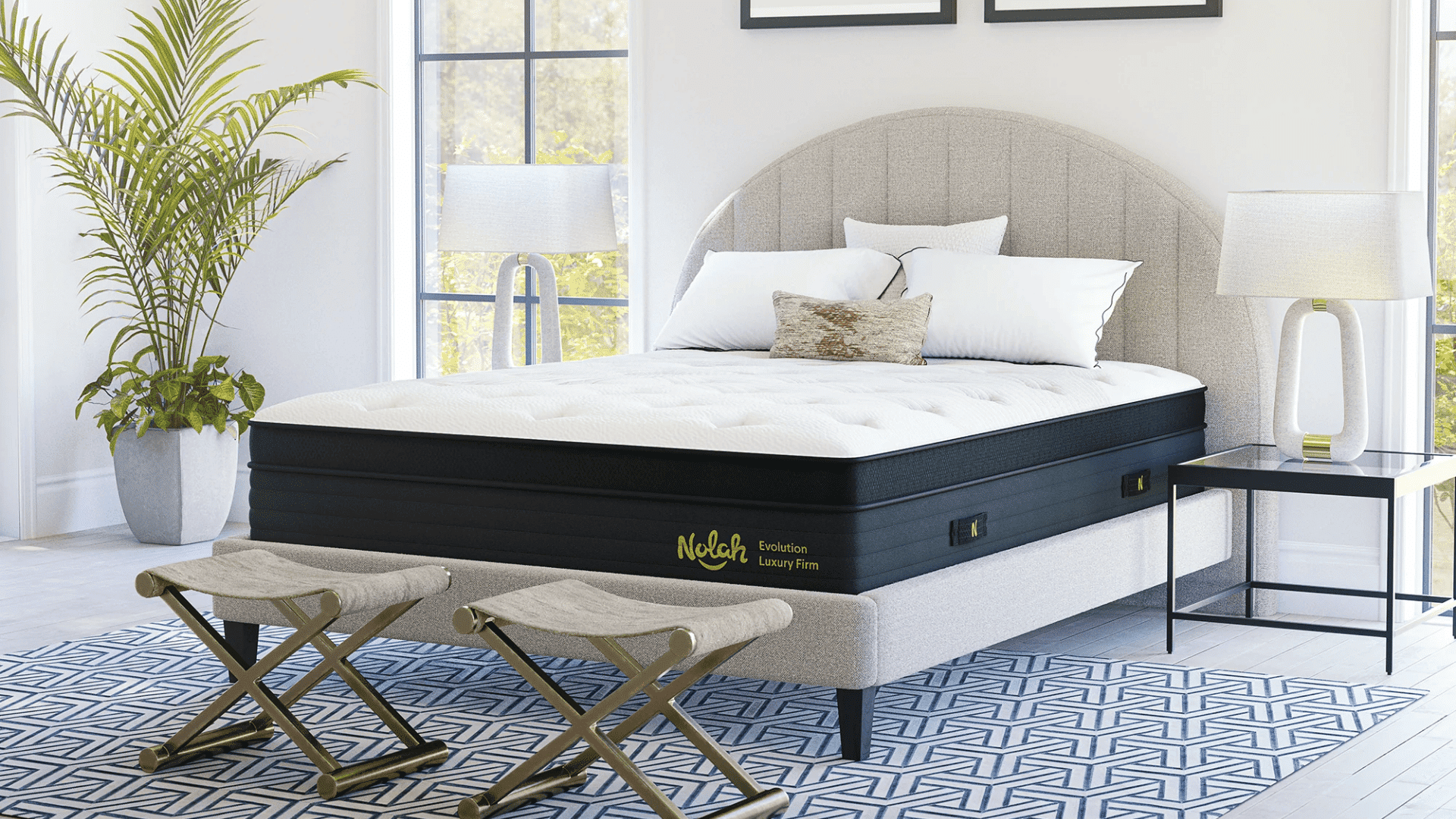

This mattress excels for side sleepers with its targeted pressure relief zones. It provides excellent spinal alignment while cushioning your hips and shoulders.
The construction is designed to reduce motion transfer and provide consistent support.
Best for: DDD sufferers who sleep on their side or change positions frequently during the night.
How to Choose the Right Mattress for Your Symptoms
Finding the perfect mattress for your DDD requires matching your sleep habits and preferences to the right features.
Use these guidelines to narrow down your options and make the best choice for your comfort.
1. Match Your Sleep Position
- Back sleepers: Need medium to medium-firm mattresses that support the natural curve of their lower back without letting hips sink too deep.
- Side sleepers: Often prefer medium to medium-soft mattresses that contour to hips and shoulders while keeping your spine straight.
- Stomach sleepers: Typically need firmer mattresses to prevent hip sinking, though this position isn’t recommended for DDD.
2. Consider Accessories
- Adjustable bases: Help you find the most comfortable sleeping position by raising your head or feet to take pressure off your lower back.
- Wedge pillows: Place under knees (back sleepers) or between legs (side sleepers) for proper spine alignment; much cheaper than a new mattress.
3. Trial Periods Matter
- 90+ night trials: Your body needs time to adjust to a new mattress, and you need to test it with your specific pain patterns.
- Return policies: Good policies protect your investment and give you peace of mind when making this important health decision.
Additional Tips for Managing Back Pain at Night
Your mattress is just one part of creating a pain-free sleep environment. These extra strategies can help you get even better rest and wake up with less stiffness.
| Sleep Position | Best Pillow Placement | Why It Helps |
|---|---|---|
| Back Sleeping | Small pillow under knees, supportive head pillow | Maintains the spine’s natural curve, reduces lower back pressure |
| Side Sleeping | Pillow between knees, head pillow fills shoulder gap | Keeps hips aligned, supports neck without strain |
Note: Avoid stomach sleeping if possible, as it can strain your neck and create an unnatural back arch.
Conclusion
The right mattress can dramatically improve your comfort and sleep quality when you have degenerative disc disease.
Focus on finding a mattress that provides proper spinal support, pressure relief, and the firmness level that works for your body and sleep position.
Take advantage of trial periods to test your mattress at home. Combine your new mattress with good sleep habits, proper pillows, and other pain management strategies your doctor recommends.
Better sleep is possible, and it starts with giving your spine the support it needs.
Ready to start sleeping better? Pick a mattress from our top recommendations and take advantage of their trial periods.
Your back will thank you, and you’ll wake up feeling more rested and ready for the day ahead.
Frequently Asked Questions
What Firmness Is Best for Degenerative Disc Disease?
Medium to medium-firm is usually best for most people with DDD. This provides spinal support without creating pressure points.
How Often Should Mattresses be Replaced for Chronic Back Pain?
Replace your mattress every 6-8 years if you have chronic back pain. Sagging or worn-out mattresses can make pain worse.
Are There Mattresses Doctors Recommend Specifically for DDD?
Many doctors recommend medium-firm mattresses with good spinal support. Memory foam and hybrid mattresses are often suggested because they provide both support and pressure relief.


